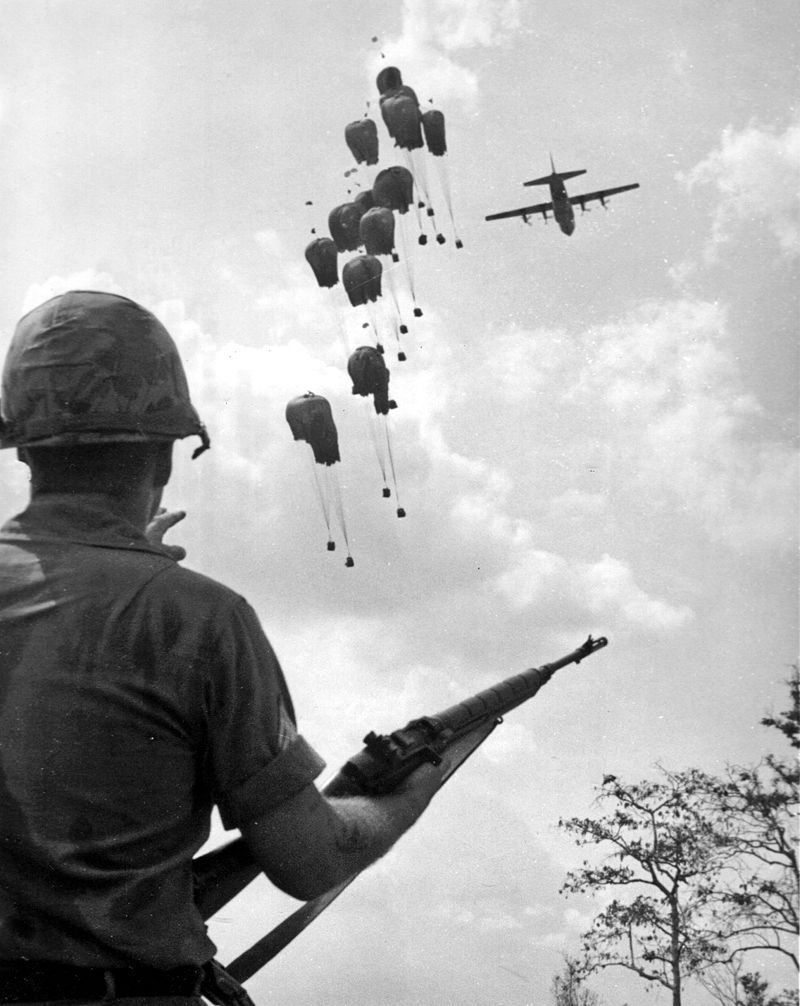On February 22, 1967, Operation Junction City began, marking one of the most significant U.S. military operations during the Vietnam War. This ambitious offensive aimed to disrupt Viet Cong operations and destroy their bases in South Vietnam’s Tay Ninh Province. Spanning 82 days, it was a pivotal moment in the conflict, showcasing the war’s scale and complexity.
Conducted in Tay Ninh Province near the Cambodian border, the mission was carried out by over 25,000 U.S. and South Vietnamese troops. The operation began with an unprecedented airborne assault involving nearly 250 helicopters. This marked the largest airborne operation since World War II. Ground forces followed, sweeping through the region to locate and destroy Viet Cong bases, supply lines, and tunnels. Despite its massive scale, Operation Junction City faced challenges, including guerrilla tactics by the Viet Cong, who used the dense jungle terrain to their advantage.
Although the offensive inflicted significant losses on the Viet Cong and uncovered extensive tunnel networks, it failed to achieve its primary goal of capturing the COSVN leadership. The operation concluded on May 14, 1967, after 82 days of intense fighting, leaving a mixed legacy in terms of strategic success. However, its strategic significance cannot be overstated.
Fun Facts:
- Operation Junction City was named after Junction City, Kansas, the home of Fort Riley, where some troops trained.
- Nearly 250 helicopters participated in the initial assault, making it one of the largest helicopter operations in military history.
- The operation uncovered the ‘Iron Triangle,’ a key Viet Cong stronghold. The ‘Iron Triangle’ was a heavily fortified area that served as a significant Viet Cong base, housing their headquarters and extensive tunnel networks. Its discovery was a significant blow to the Viet Cong’s operations.
- Despite its size, the offensive’s impact was limited as the COSVN headquarters were never found.
- The Viet Cong’s use of tunnel networks highlighted their ingenuity in countering superior firepower.

